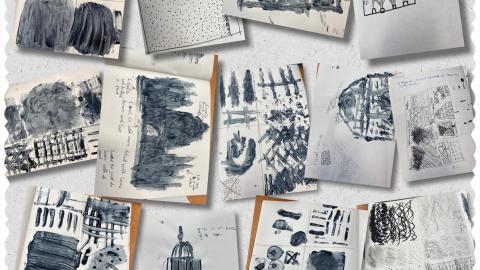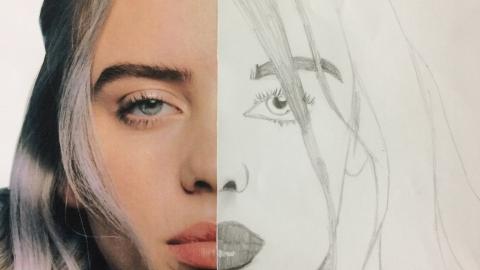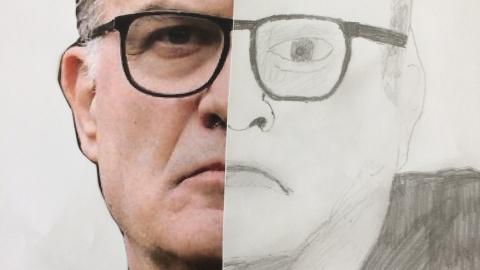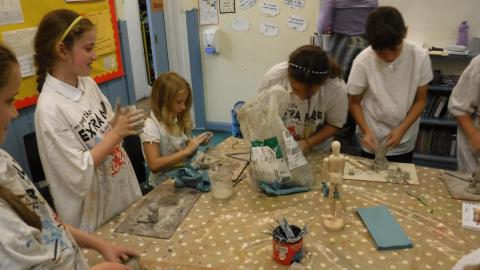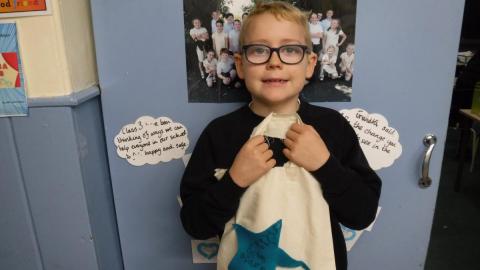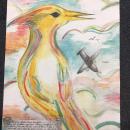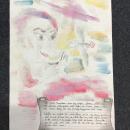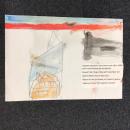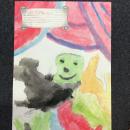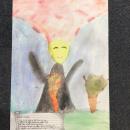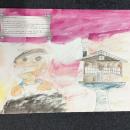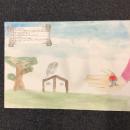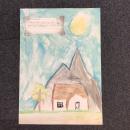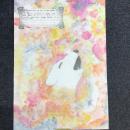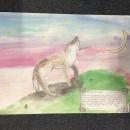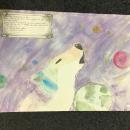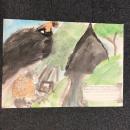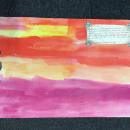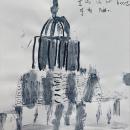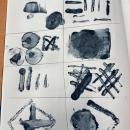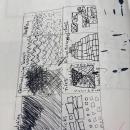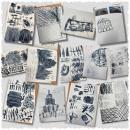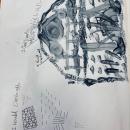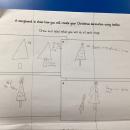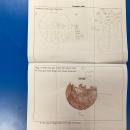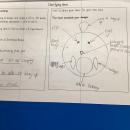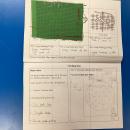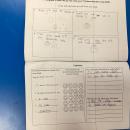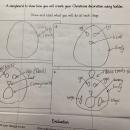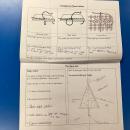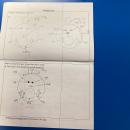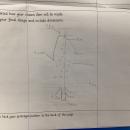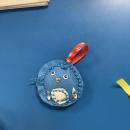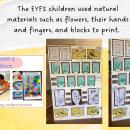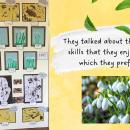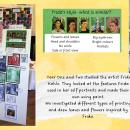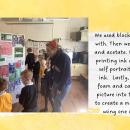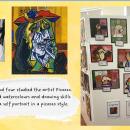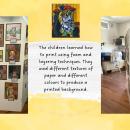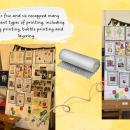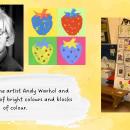Art and Design
We believe that high-quality Art lessons will inspire children to think innovatively and develop creative procedural understanding. Our Art curriculum provides children with opportunities to develop their skills using a range of media and materials. Children learn the skills of drawing, painting, printing, collage, textiles, 3D work and digital art and are given the opportunity to explore and evaluate different creative ideas. Children will be introduced to a range of works and develop knowledge of the styles and vocabulary used by famous artists. The skills they acquire are applied to their cross-curricular topics, allowing children to use their art skills to reflect on and explore topics in greater depth.
Art contributes to children’s personal development in creativity, independence, judgement and self-reflection. It also enables them to create take care work which links strongly to our school values. It is paramount that artwork be purposeful; be this as a means of expression or to explore the styles of other artists that inspire our own work. Pupils should be clear what the intended outcomes are and have a means to measure their own work against this. In Art, children are expected to be reflective and evaluate their work, thinking about how they can make changes and keep improving. This should be meaningful and continuous throughout the process, with evidence of age-related verbal and written refection. Children are encouraged to take risks and experiment and then reflect on why some ideas and techniques are successful or not for a particular project
Teachers plan Art carefully using the objectives from our progression map which are then transferred onto a medium term plan. Teachers are able to see what skills and knowledge have been taught previously then design a cycle of lessons for each subject, which plans for progression and depth. They will create a way for art to be displayed to celebrate the pupil’s artwork in their class.
Children experience Art either each week (6-7 lessons per term) or in a block of lessons. A sequence of lessons/block (UNIT) is taught at least once a term which allows children sufficient time to become fluent in their knowledge and skills to create final pieces of work. Children are given the opportunity to develop a range of artistic skills: create and evaluate. Sketch books play a vital role in allowing the children to explore, practise skills and develop their ideas. Children in years 1-6 will have individual art sketchbooks to allow them to explore techniques and ideas to support their individuality, using annotations.
Key objectives of intent within the Art & Design Curriculum are based on the National Curriculum 2014 guidance:
- Produce creative work, exploring ideas and recording experiences
- Become proficient in drawing, painting, sculpture and other techniques
- Evaluate and analyse creative works
- Know about great artists, craft makers and designers
- Understand the historical and cultural development of art forms
Design and Technology
Design and Technology is an inspiring, rigorous and practical subject. At Goldsborough Sicklinghall Federation we encourage children to use their creativity and imagination, to research, design and make products for a given purpose within a variety of contexts, considering their own and others’ needs, wants and values. We plan Design Technology, wherever possible, to link with mathematics, science and topic, whilst developing their understanding of mechanisms, structures, textiles and food and ingredients.
Within the wider context of a topic or theme, pupils are given the opportunity to research existing products, the properties of materials and their ability to join together and the aesthetic appeal of a product. They are then encouraged to create their own design criteria which is carefully considered during the designing and planning stage.
We believe Design Technology is taught most effectively when children are given a purpose. Whilst mainly a practical subject area, emphasis is placed on producing a design that is both realistic and mindful of the product’s dimensions and materials used. This is achieved in KS1 & KS2 by using carefully structured DT booklets that outline the DT process. These over the years, will form their Design Technology portfolio, showing a progression of skills over the years.
Evaluation is a key component in good quality DT lessons or units and children are given regular opportunities to evaluate their own work, the work of their peers and products that are currently on the market. This skill is developed verbally in Foundation Stage and becomes more formal and structured as children move through the school.
In addition to the range of practical skills that children acquire and develop through this subject, speaking and listening, working as part of a team, selecting appropriate materials, reflecting and improving and seeking the views of others are all key skills that children are required to use when designing, making and reviewing products.
Children experience Design Technology either each week (6-7 lessons per term) or in a block of lessons. A sequence of lessons/block (UNIT) is taught at least once a term which allows children sufficient time to develop their knowledge and the skills taught.

